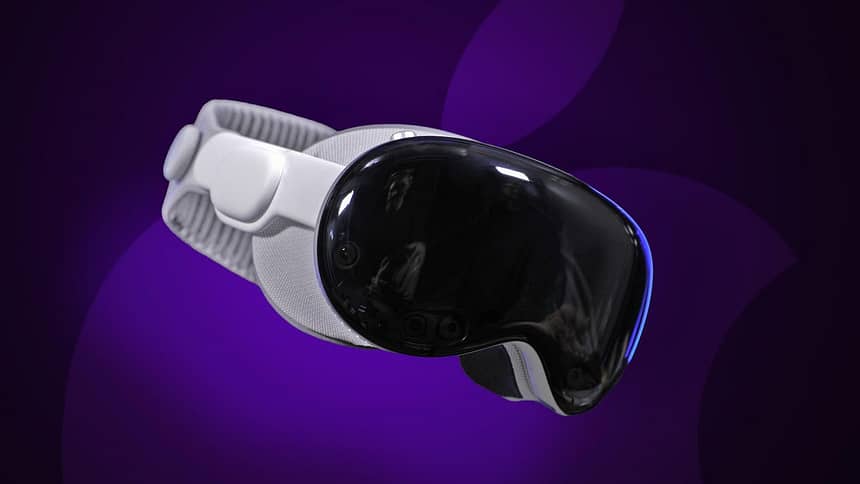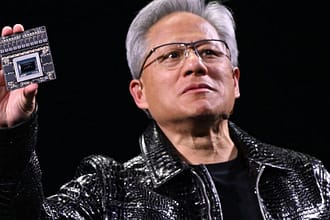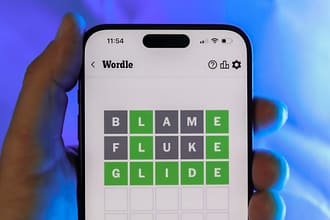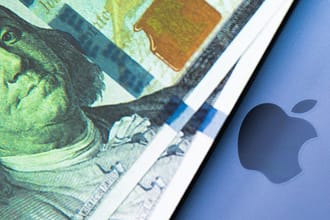Apple is reportedly developing two new models of its Vision Pro headset: one that’s expected to be lighter and more affordable than the original, and another designed to tether with Macs. Bloomberg reported on Monday that despite sluggish demand, the company remains focused on creating versions of the Vision Pro with broader mainstream appeal.
The lower-cost Vision Pro will likely have a less powerful chip and scaled-back features, bringing the price down significantly from the original $3,500. It’s also expected to include an ultralow-latency system for streaming a Mac display, according to the report. And in line with previous reports, Apple is also still working on its own smart glasses equipped with cameras and microphones, similar to Meta’s Ray-Ban line.
Citing an anonymous Apple engineer, Bloomberg said CEO Tim Cook “cares about nothing else” more than delivering a true pair of AR glasses, calling it a “top priority.” But until the technology can be perfected in a way that’s comfortable and as wearable as traditional eyewear, Apple sees camera- and mic-enabled glasses as a stepping stone into the space.
This builds on earlier reports that Apple intends to channel some of the Vision Pro’s billion-dollar R&D investment in visual intelligence into future products, including smart glasses expected to launch in 2027.
Apple did not immediately respond to a request for comment.
In recent years, Apple has often focused on refining buzzy, existing technologies, from mixed-reality headsets to AI features. As it stands, Meta is better positioned to dominate the smart glasses category, particularly as it continues to enhance its hardware, software and growing ecosystem of services. But Cook, according to Bloomberg, is “hell-bent on creating an industry-leading product before Meta can.”
The report said the glasses would use Siri and Visual Intelligence as part of Apple’s broader Apple Intelligence AI platform. In keeping with Apple’s overall product strategy, privacy would remain a central focus.
Still, the company may face challenges in making the device as indispensable as its other products, particularly the iPhone — and at a price that’s accessible enough to drive mass adoption.






